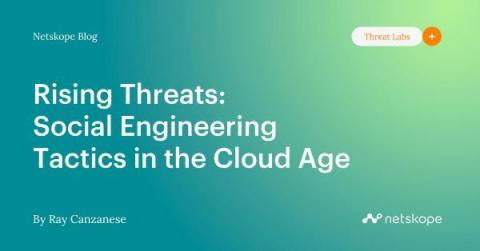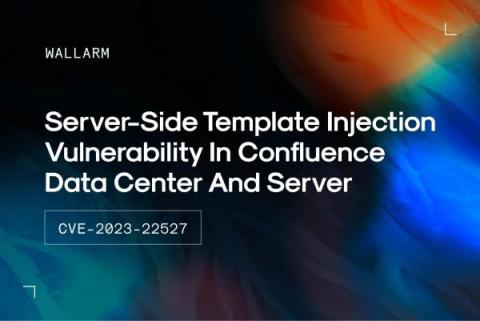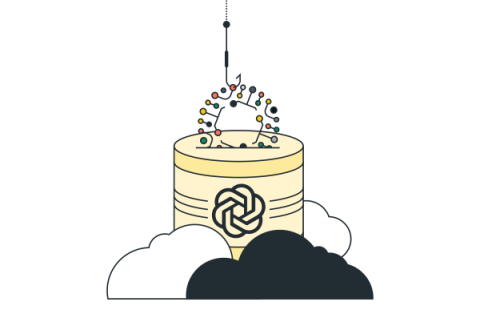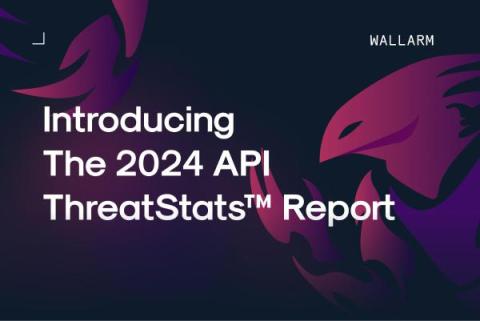Rising Threats: Social Engineering Tactics in the Cloud Age
Over the past year, the social engineering tactics used for cyber attacks have evolved significantly as attackers manipulate the inherent trust, biases, and vulnerabilities of individual human behavior to gain unauthorized access to sensitive information or systems.











